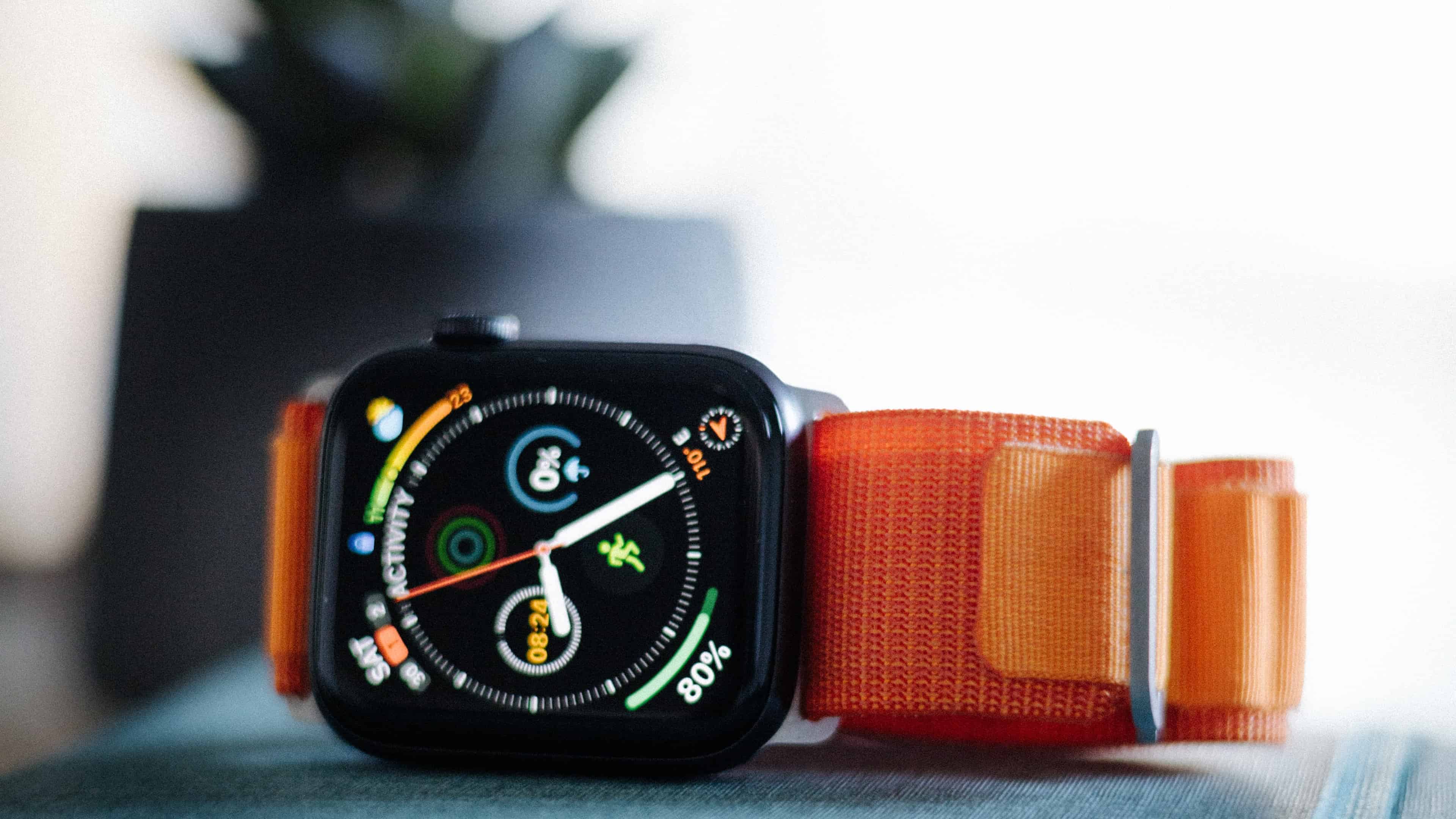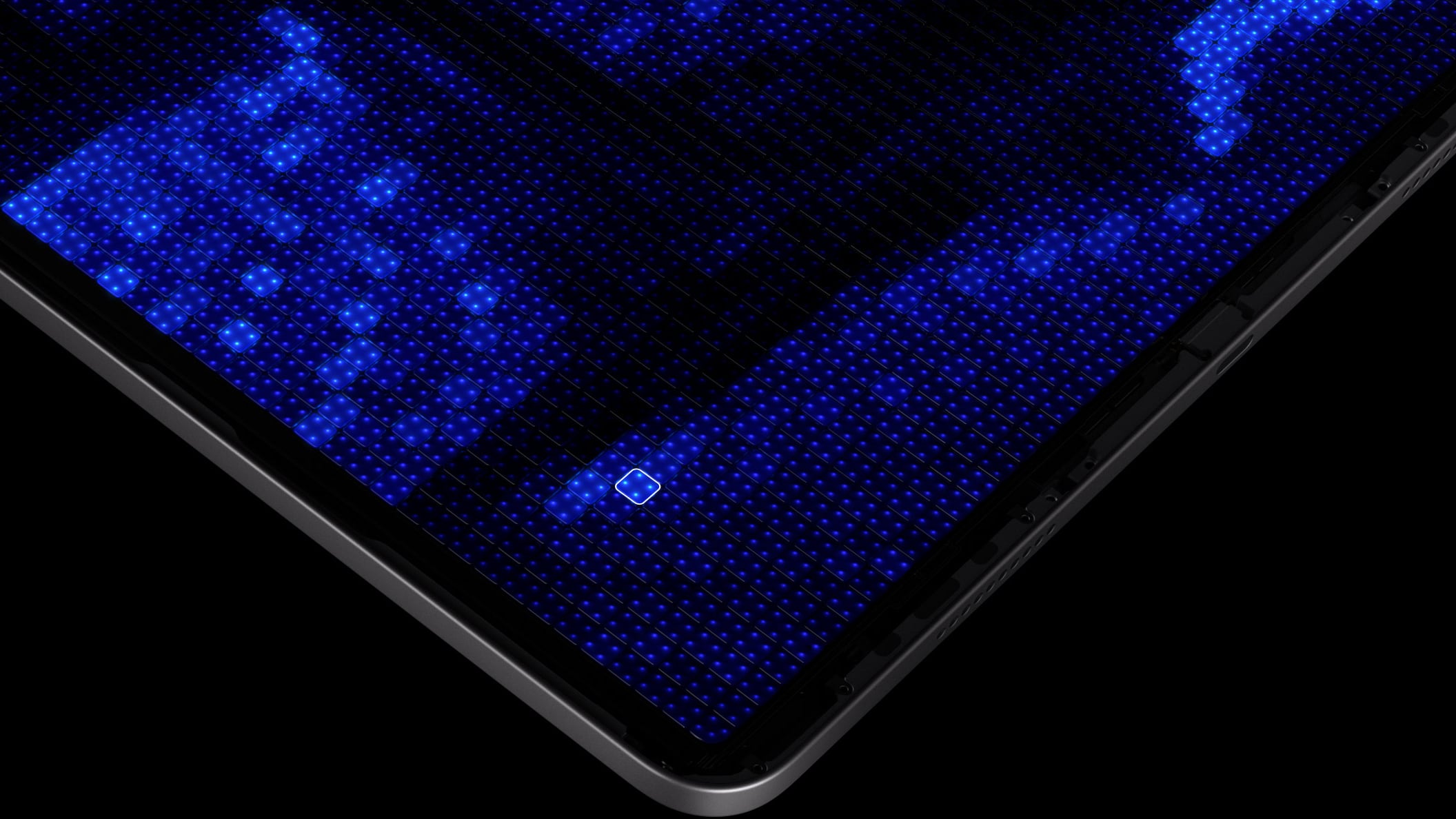The Apple Watch could adopt a sophisticated new display technology called micro-LED. Here are 5 ways a micro-LED Apple Watch will be better vs. an OLED one.
A micro-LED Apple Watch is coming?

All Apple Watch models, including the latest Apple Watch Ultra, are equipped with display panels based on organic light-emitting diode technology, or OLED.
Your iPhones are also equipped with OLED-based screens; the first OLED iPads are expected in 2024. Now, display analyst Ross Young has claimed on Twitter that an Apple Watch featuring a micro-LED screen will arrive in 2025.
As opposed to old LED backlights, micro-LED uses an array of super tiny LEDs illuminating and forming the picture. Below are some of the most essential benefits that micro-LED technology could bring to the Apple Watch.
Benefits of micro-LED over OLED
Micro-LEDs offer a number of improvements compared to OLEDs.
1. Higher brightness
micro-LED can reach higher brightness levels, which helps provide more consistent color output compared with OLED-based screens.
2. No brightness drops
OLED panels cannot sustain their peak brightness for long, whereas micro-LED displays are not susceptible to brightness drops over time.
3. Fewer burn-in artifacts
micro-LEDs aren’t nearly as prone to image retention (aka burn-in) that their OLED counterparts are notorious for. An Apple Watch equipped with a micro-LED screen instead of an OLED one should be far less susceptible to ghostly afterimages visible on the screen after displaying static images for a long time—if at all!
4, Better power efficiency
micro-LED panels consume far less power than OLEDs, meaning a micro-LED Apple Watch should be more energy efficient than the current models.
5. OLED-like images without degradation
Because micro-LEDs provide many more local dimming zones than standard mini-LED screens, they offer a viewing experience that’s closest to OLED, enabling deeper and darker blacks, more vibrant and richer colors, much higher peak brightness and better contrast. And because micro-LEDs are based on an inorganic material that doesn’t decay as fast as OLEDs, such screens last longer.
micro-LED vs. mini-LED vs. OLED

Make sure to distinguish micro-LED technology from mini-LED. Despite the similar-sounding names, micro-LED screens differ from mini-LED ones in terms of LED density. Even though both technologies use LEDs to illuminate the pixels, micro-LED takes advantage of very tiny LEDs (both micro-LED and mini-LED refer to backlights rather than display panels, which are two separate things).
A screen similar to that used in the MacBook Air might only use a handful of mini-LEDs to light up the display. Depending on the images rendered on the screen, these LEDs can go from dimmed all the way down to fully lit up. Other devices might use several hundred to several thousand LEDs in their backlights.
Summing up: micro-LEDs are even much more densely packed than mini-LEDs. They can be as small as 200 microns, tiny enough to directly make the picture.
Do Apple devices suffer from blooming?
Because of that, blooming artifacts shouldn’t be as problematic on a future micro-LED Apple Watch as with mini-LED. Blooming manifests as light bleeding, where darker areas are illuminated by adjacent dimming zones.
This unwanted effect is evident on the 12.9-inch iPad Pro, which uses more than 10,000 mini-LEDs grouped into more than 2500 local dimming zones.
Here’s my experience with the blooming on the M1 #iPadPro so far. It’s very noticeable in dark room with UI elements on top of a black background, but that’s the only scenario where I really notice it. It’s expected with this display tech but still jarring coming from OLED. pic.twitter.com/8tG1euFzqn
— Josh Teder 🐀 (@JoshTeder) May 22, 2021
Apple’s support document says local dimming systems may suffer from a problem “where the extreme brightness of LEDs might cause a slight blooming effect” due to the local dimming zones being much larger than the LCD pixel size.
Apple suggests the iPad Pro’s Liquid Retina XDR display minimizes blooming:
This display is designed to deliver crisp front-of-screen performance with its incredibly small custom mini-LED design, industry leading mini-LED density, large number of individually controlled local dimming zones and custom optical films that shape the light while maintaining image fidelity and extreme brightness and contrast.
The Pro Display XDR is another Apple product that uses mini-LEDs. The 32-inch external monitor has 576 LEDs behind its IPS LCD panel, responsible for illuminating 20.4 million LCD pixels via local dimming zones. The blooming effect is also visible on the Liquid Retina XDR display used on the 14-inch and 16-inch MacBook Pro.